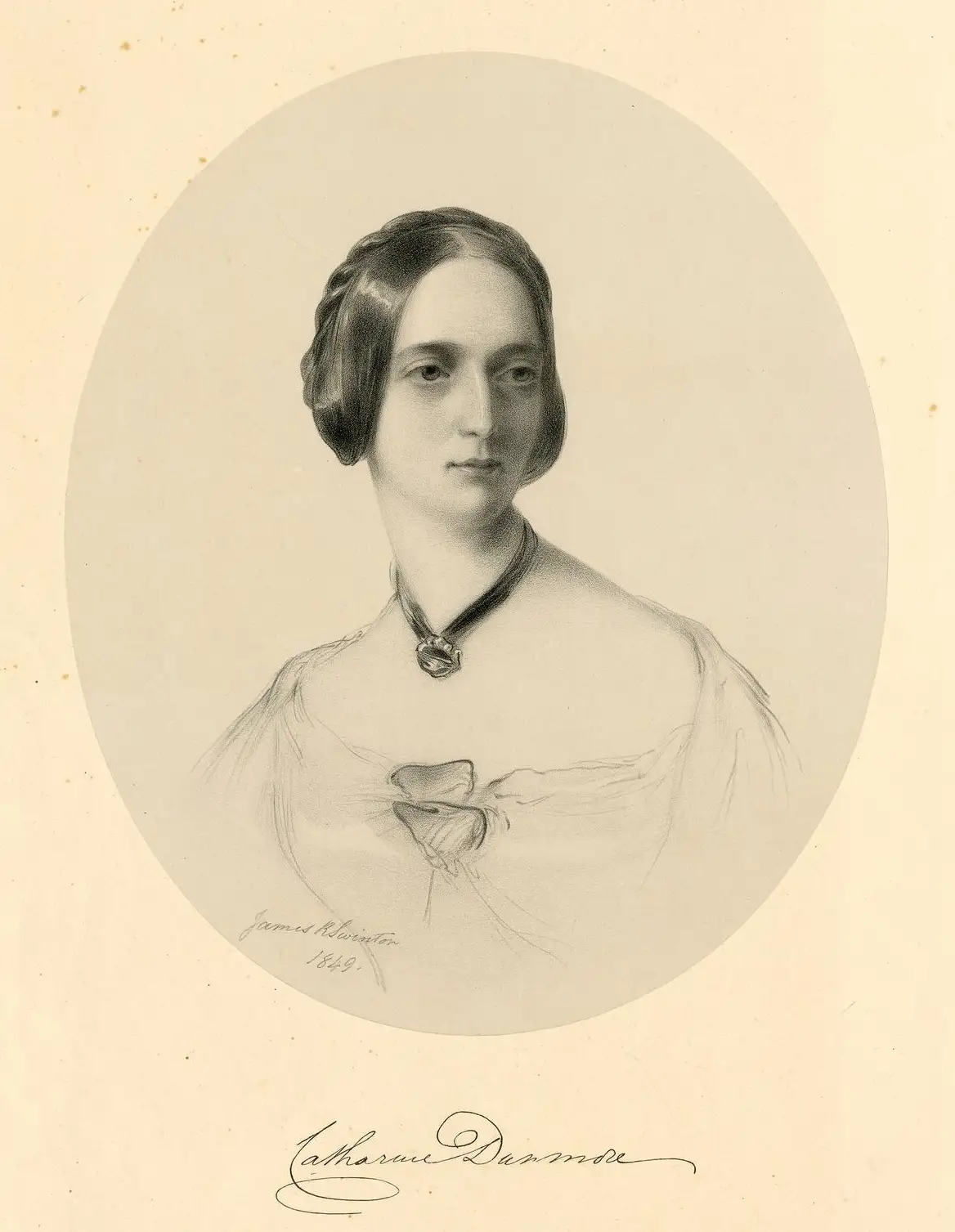The Countess Of Dunmore's Reel
Scottish Country Dance Instruction
THE COUNTESS OF DUNMORE'S REEL (R8x32) 3C (4C set) Deirdre MacCuish Bark RSCDS Book 491- 8 1s set, dance down below 3s, cast up to 2nd place and set advancing to face 1st corners (2s step up 3-4)
9-16 1s turn 1st corners RH, pass RSh, turn 2nd corners RH, pass RSh to 2nd place own side facing out (corners dance 4 bars)
17-24 Promenade (Chaperoned) Chain progression:
17-18 1M casts up, 1L casts down as 2s+3s turn ¾ RH into line up/down set
19-22 1M+2L and 1L+3M, in prom hold dance clockwise to opposite end of line as 2M+3L (in middle) turn 1½ LH
23-24 1s dance clockwise to 2nd place own side as 3s+2s turn partners ¾ RH to own sides. All face clockwise. 312
25-32 3s+1s+2s dance clockwise ½ way round set. All set, cross RH to own sides. 213
(MINICRIB. Dance crib compiled by Charles Upton, Deeside Caledonian Society, and his successors)
Keith Rose's Crib Diagram
Dance Instruction Videos
The Countess Of Dunmore's Reel - Scottish Country Dancing Instruction VideoDance Information
It's quite a rare occasion when I get to write a piece about a dance devised by one of our very own. This is one of those infrequent events, the dance having been created by none other than Deirdre MacCuish Bark, well known to many of us, and the current Chair of the RSCDS Toronto Association (2016).Other than Deirdre, did anyone else know who the Countess of Dunmore was? And Deirdre's interest in her? What was that all about? Then, I remembered Deirdre telling set and link readers recently about her trip with hubby Keith to visit family on the Hebridean island of Harris (which is not to forget Lewis, the northern half). That's Deirdre's family of course, the MacCuishes. Keith himself hails from the English county of Lincolnshire.
With a lead like that, however, it didn't take me long to find a connection with both the Countess of Dunmore and the internationally known key product of the isle of Harris, which is of course Harris Tweed, a rough, closely woven woollen fabric. Incidentally, Dunmore itself is quite a small Scottish community far from the Hebrides, located between Falkirk and Stirling.
Born to an English peer and his Russian wife in 1814, Lady Catherine Herbert was married at the age of 22 to Alexander Murray, who in turn ultimately inherited the title Earl of Dunmore. After 11 years of marriage, Alexander died. Among other holdings, Catherine Murray, now Countess of Dunmore, inherited 150,000 acres in Harris. And as those who are familiar with the British aristocracy also may know, the wife of an Earl usually takes the courtesy title of Countess.
Catherine, the now widowed Countess, decided to take a strong interest in the Harris Tweed industry, which in the 1840s was somewhat in the doldrums. To overcome this situation, she recognized that some revolutionary changes were necessary to combat the competition that had sprung up between the spinning and weaving of Harris Tweed, which was all done by hand, and the rapid growth of machine-made cloth. She was so successful in this endeavour that sales burgeoned and Harris Tweed was well on the way to international acclaim.
Enough about the Countess' history, what about the dance?
I must admit that the first time I saw it being performed I thought that I was looking at Linnea's Strathspey being danced in reel tempo. I have since learned that I was looking at a progression common to both dances, called, somewhat quaintly in my view, a chaperoned promenade chain. It is a very satisfying progression to achieve competently when you have your wits about you.
Well done, Deirdre! RSCDS saw fit to include your Countess of Dunmore's Reel in its relatively new Book 49. We Toronto area dancers should be very proud of your accomplishment in devising this interesting dance.
The Barry Pipes Canon 080- January, 2016.
(Dance information from set and link, RSCDS Toronto Newsletter - What's In A Name? The Barry Pipes Canon 2005-2018, reproduced here with kind permission. Copyright Barry Pipes. All rights reserved)
Dunmore is a small village in the Falkirk council area of Scotland. It lies 6.5 miles (10.5 km) south east of Stirling and 5.5 miles (8.9 km) north of Falkirk. The village lies along the A905 road between Throsk and Airth on the banks of the River Forth.
The population of Dunmore was recorded as 70 in the United Kingdom Census 2001, and as 79 in the census of 1991.
Formerly known as Elphinstone Pans, the settlement was entirely remodelled as a planned village in the 1840s by the local landowner, the Countess of Dunmore. Dunmore is a conservation area.
The Countess of Dunmore is a title given to the wife of the Earl of Dunmore. Those who have held the title include:
Lady Charlotte Murray (née Stewart) (d. 11 November 1818), wife of John Murray, 4th Earl of Dunmore. Lady Charlotte was the daughter of Alexander Stewart, 6th Earl of Galloway, and the mother of Lady Augusta Murray.
Lady Susan Hamilton (died 1846), wife of the fifth Earl
Catherine Murray, Countess of Dunmore (née Herbert) (1814-1886) wife of the sixth Earl

Countess Of Dunmore, Catherine Murray, Portrait, c. 1849
This page uses content under the Creative Commons Attribution-ShareAlike 4.0 International License, along with original copyrighted content and excerpts from Wikipedia and other sources.
Text from this original Dunmore, Falkirk article on Wikipedia.
Text from this original Countess of Dunmore article on Wikipedia.
Image from (cropped) Jame ????r in 1849, public domain, via Wikimedia Commons.
Back to the top of this Scottish Country Dancing Instructions 'The Countess Of Dunmore's Reel' page
